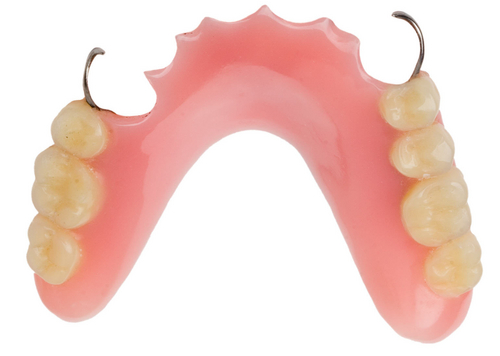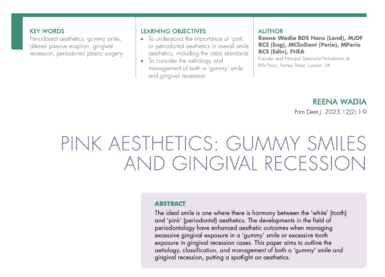Home/Articles
/ General Dental /
9 Tips & Tricks for Removable Partial Dentures with Dr Manny Vasant
July 2, 2016

- Dentures replace missing teeth but should also help preserve existing teeth. So always aim to keep your denture design as hygienic as possible to avoid the production of a ‘gum-stripper’.
- Design: teeth shape – square teeth are more masculine and round more feminine, set up – teeth tend to be more distally inclined as you go posteriorly, extras – add features such as perikymata to younger teeth and you may consider an ‘aged gingivae’ look to the polished surface of the denture for elderly patients.
- For cobalt chrome dentures or any denture with extensive metalwork, request hard stone models for your casts. Ordinary stone will get damaged and this may lead to inaccuracies.
- Communicate with your lab technician – the importance of this should not be underestimated. If you’re ever unsure or need to provide supplemental information, give them a call.
- By law, we are required to show the patient the record of manufacture for their denture and ensure it is available for the life of the appliance.
- If you need to tighten a chrome clasp – do not try and bend it, as it will fracture. It’s easier to change the contour of the tooth by addition of a composite restoration.
- Unilateral sectional dentures should be avoided, as there is always a risk of the patient swallowing or inhaling them.
- Dentures can also be used as orthodontic appliances or can create vertical space for prosthetic teeth.
- Be creative! It may be possible to use a root-filled tooth as an overdenture abutment using cast studs. This can significantly improve the retention of the denture. Usually the male is in the tooth and the female in the denture but this can be reversed if there is a lack of space.



